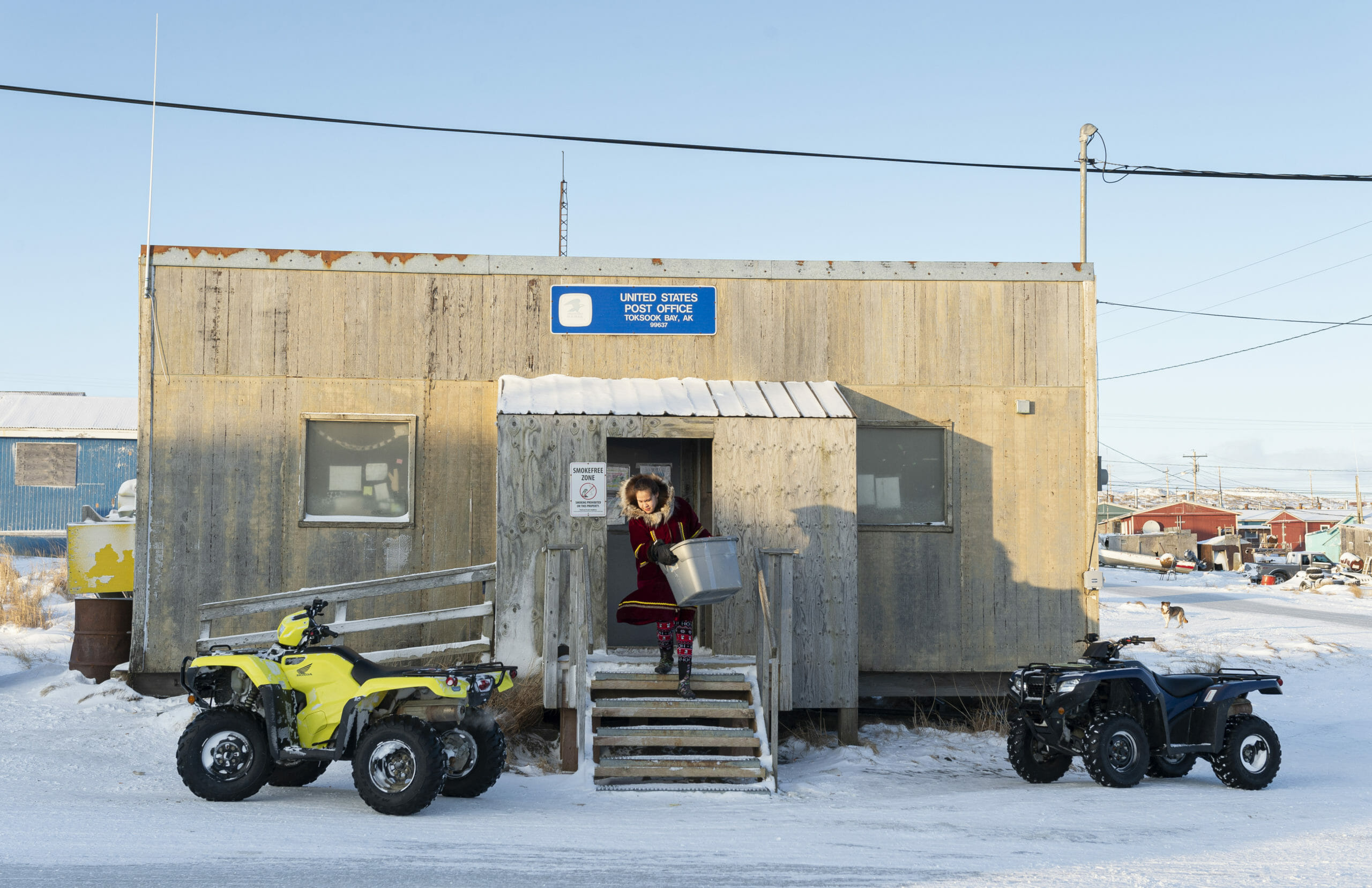Alaska’s vast, sparsely settled areas, like Toksook Bay are the first to be counted in the 2020 Census. (United States Census Bureau)
The United States Census operates every ten years under the aptly named Bureau of the Census to record everyone living in the country and gather important statistical information that informs decision-making at the government level. Current census information dates back to 2010, but all of this data will be updated during this year’s upcoming census.
Columbus Academy’s Jennifer Conti, the Director of Internships, serves on the Gahanna Complete Count Committee for this upcoming 2020 census. The committee consists of the Gahanna mayor and city leaders that represent schools, libraries, religious organizations, healthcare, and other community organizations. Conti represents Columbus Academy within the Complete Count Committee(CCC) and helps it both promote the census through targeted outreach efforts and get a complete count in 2020.
Via Conti, I reached Carol Hector-Harris, a media representative, and asked her a few questions about the census. Here’s what she had to say about why the census is so important:
There are several reasons for why it’s important that you complete the census this year–for one, it’s mandated by the Constitution and is our civic duty as citizens of the United States. Beyond the legal implications, however, there’s a lot to be gained by getting accurate results from the census, such as making sure that you’re represented both financially and politically.
First and foremost, census data is used to map the population shifts within the entire United States. These shifts dictate how the congressional and state legislative district lines get drawn, and each of these small changes “trickles up” to big changes, like the number of seats in the House of Representatives Ohio gets.
Furthermore, this data affects all federal planning and decides where a total of “675 billion dollars” of state funding will be distributed. Whether it’s for infrastructure, education, and healthcare, the data influences how dollars in federal funding are distributed to programs like Medicaid, block grants for community mental health services, and the Supplemental Nutrition Assistance Program (SNAP). This means that the results of the census have effects within not only the Gahanna community, but Columbus as a whole, are long-lasting.
Hector-Harris’s anecdote further helped put the importance of the census in perspective:
“Children who are 4 or 5 now won’t get a chance to be counted again until they’re 14 or 15. Think about that. For every one of those ten years, the child, and our community as a whole, would have missed out on dollars that would have represented them.” “In 2010, there was a severe undercount of children,” she reports. “We don’t know the circumstances that caused this undercount; regardless, communities weren’t able to provide the educational opportunities or medical care that we believe every child should have.
Most importantly, however, is the significance of the data itself and how it’ll be applied by businesses and educators. Results of the census will offer a rich set of data on the communities that each business serves, including the population trends and growth projection. Business owners can begin to rely on the census to make complex decisions, like where to open new locations, where to expand operations, where to recruit new employees, and which products and services to offer.
“If you’re wondering about why no new stores are opening up around you,” Hector-Harris proposes, “maybe they don’t know you’re there. Sometimes we’re so busy that we don’t think about how things happen.
The Census Bureau also has a program called “Statistics in Schools,” or SIS, that aims to educate students at all grade levels about the importance of statistical literacy in this increasingly data-driven world by providing teachers with activities using real-world census statistics.
So what can you do as the average citizen? For starters, make sure that the person responsible for filling out the questionnaire, an adult in the household you live in, is aware of the import this census carries. For those looking to go beyond that, the Bureau offers part time work to seniors who are over the age of 18 and have a Social Security Number (which can be found at 855-562-2020).
The census appears in the form of a questionnaire that counts the residents of your address on April 1st. In March, everyone will receive an invitation to complete this questionnaire, which, for the first time, can be done via the internet, a phone call, or mail. As per Hector-Harris, “a lot rides on a complete count.”
A short PSA can be also found here: https://www.census.gov/








